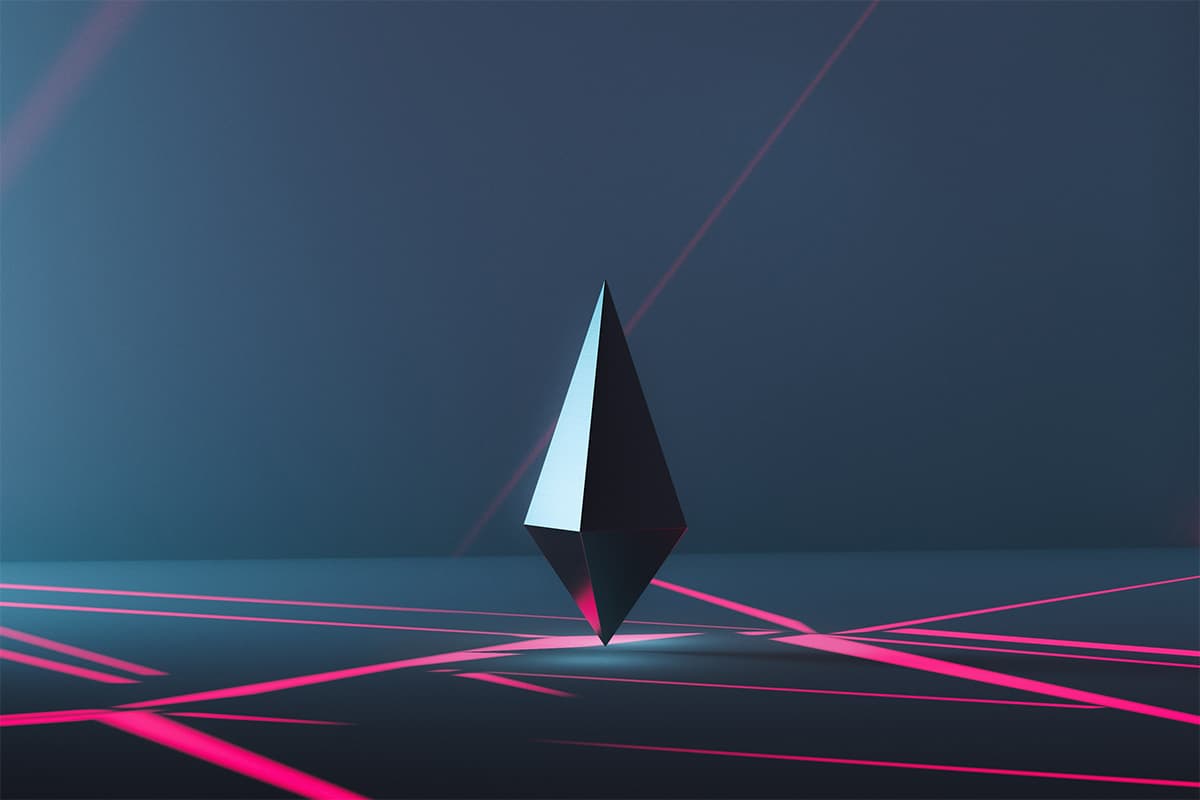
On March 29, 2022, Fidinam proudly hosted an event at the Swiss Pavilion at the Dubai Expo 2020, with around 100 attendees. With an incredible view from the pavilion’s rooftop, Fidinam celebrated its 60-year anniversary as well as looked into a topic receiving more and more interest: Non-Fungible Tokens (NFTs) specifically in the global art industry.
As such, we hosted a talk with Dr. Henrietta Tsui Leung, founder and CEO of Ora-Ora gallery in Hong Kong, Tyler Jackson Pritchard, a multidisciplinary artist based in Los Angeles and Antonio Signorini, a contemporary Italian artist based in Dubai - moderated by Riccardo Chesti, an Italian art dealer based in Hong Kong. Here we highlight some parts of this talk.
Riccardo has been following the development of blockchain and NFT technologies from their first appearance on the art market. He described an NFT as a unique, digital item with blockchain-managed ownership. The blockchain technology is a shared, immutable IT protocol that is used to testify that a specific digital product is unique and cannot be copied. Therefore, an NFT is a safe way to undoubtedly identify a digital product.
Two characteristics set NFTs apart and make them an interesting and unique phenomenon. Firstly, it is the rarity of the digital item, testified by the blockchain. Secondly, is the tradability. On open marketplaces like OpenSea and Nifty Gateway there is the possibility to free-trade NFTs, using cryptocurrencies as payment method. As there are no intermediaries on these marketplaces, an NFT can be put up for sale as soon as it is purchased.
This is an interesting point when comparing NFTs with the traditional art market. Unlike collecting traditional art – where the value often increases slowly, but constantly and stable – NFTs can be flipped immediately and gain value on the momentum.
Blockchain technology is growing fast in Asia, together with the interest in NFTs. Henrietta gave us a look into the role of Hong Kong in the NFT and art world: Hong Kong has been very vibrant in the development and the progression of cryptocurrencies. Hong Kong is a large international financial hub, so when Web3 came alive, tech gurus, bankers, venture capitalist, fintech pioneers and many others have jumped into the development and taken on projects in both NFT creation and trading. The latter has been a vibrant scene since about three years ago.
One of the first digital art fairs in Asia, if not in the world, was held in Hong Kong in autumn 2021. The fair included 360° immersive art experiences, a diverse array of NFTs, new media art and other new and innovative digital offerings. One of the founders, Gillian Howard, had mentioned that due to the increase of interest in NFTs in the second half of 2021, they decided to start the fair to support the demand.
The fair sold over HK$70 million worth of fine art NFTs to around 27,000 collectors during about two weeks. The collectors came from all walks of life with an incredible age range between 13 and 102 years. 55% of the collectors who bought at the fair were 40 years old or less. 97% of them want to know more about NFTs and 70% wants to buy NFTs. These statistics has given the fair organizers confidence that they can stay, grow and include many more galleries in the next edition (autumn 2022).

From an artist point of view, NFTs are a beautiful opportunity for digitally-created artwork to be actually sold, Tyler explained. “In the past when you made a 3D object, there was no real way to sell the original file. For example, you would see art from a video artist in a museum or a show being played on a tv. Galleries would sometimes sell the actual tv including the video. However, now with NFTs, you can buy the video file, which is a more pure form of the artwork itself – especially when created digitally. 3D objects, animated videos and other types of digital art are truly artworks. They are made on a computer, but they are some of the most advanced forms of artworks there are.”
The blockchain technology offers ‘smart contracts’, which can govern many things automatically as opposed to a regular contract. For example, within the smart contract one can include information about royalty sharing to the artist, how many original editions there are, which number of original edition it is, etc. Artists can also declare whether the owner owns the full commercial right or not.
When buying an NFT, one becomes the owner of a specific file, such as a jpg. However, the file is often still available for other people to see and use, which scares collectors. Comparing it with physical artwork, Riccardo explained it as: “Anybody can get a print of a Monet, however only one person can have the original.”
The premise of the blockchain technology revolves around decentralization and most jurisdictions have no specific NFT regulations as of yet. This may scare some customers, who are wary of scams and are unsure how to protect digital assets.
Fidinam has over 60 years of experience in advising individuals and families on how to protect their wealth and to pass it to future generations. In recent years, our services have extended to include advisory on digital assets protection as well.
Want to know more about digital asset protection? Don't hesitate to contact us via the form below.
All content © . All Rights Reserved.